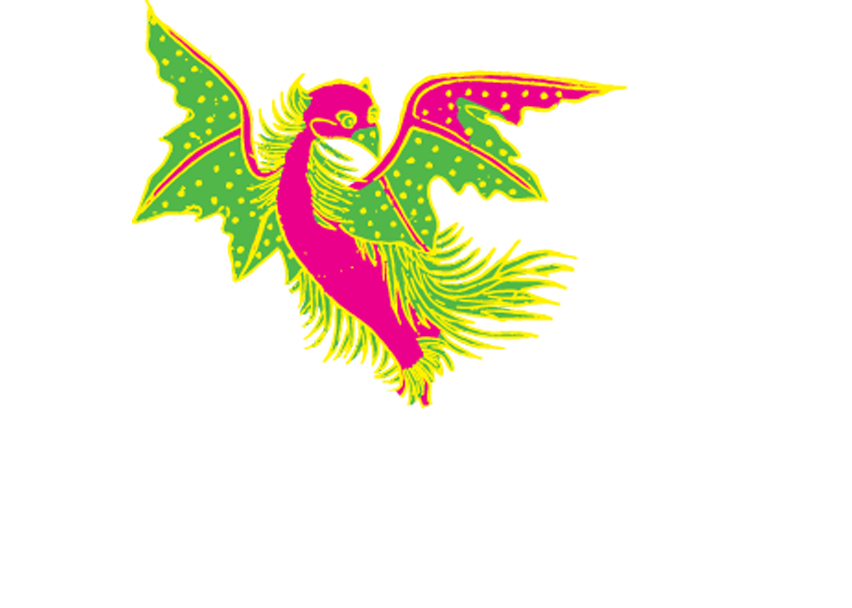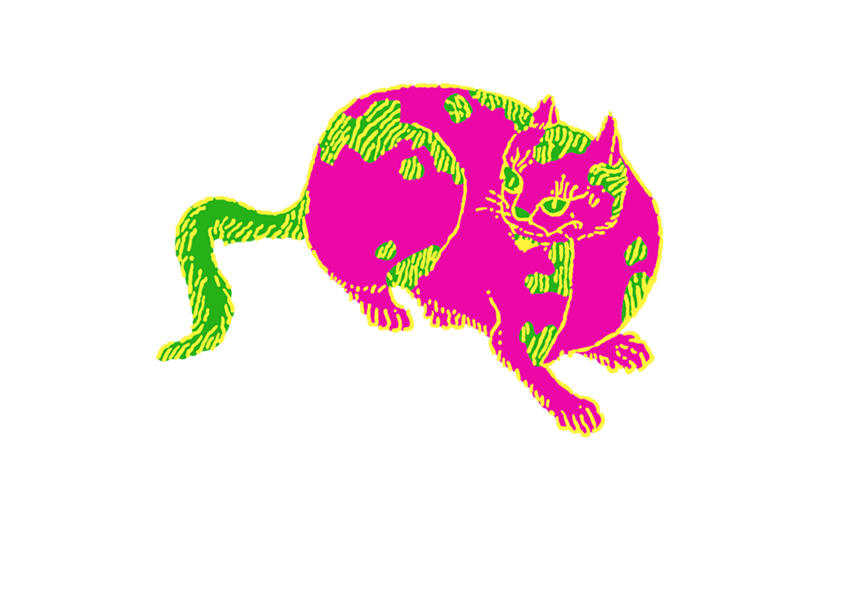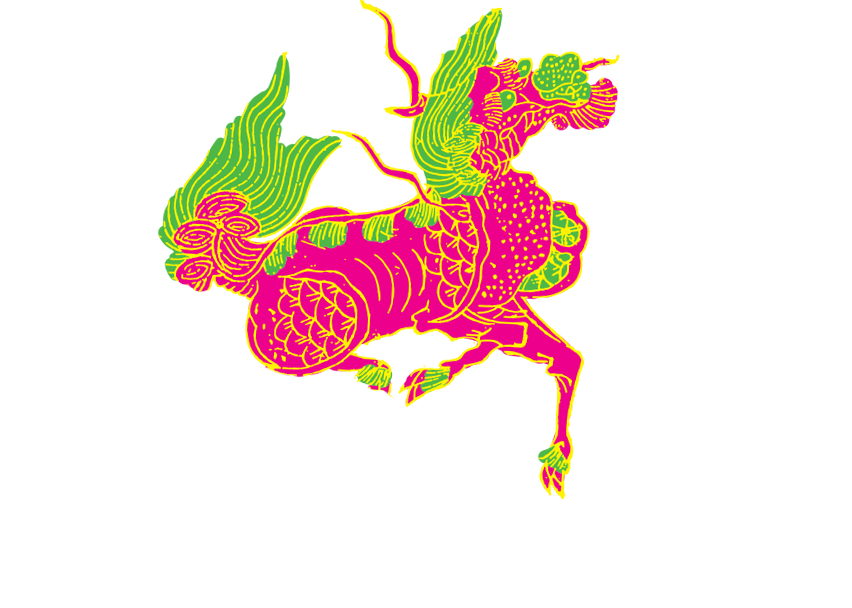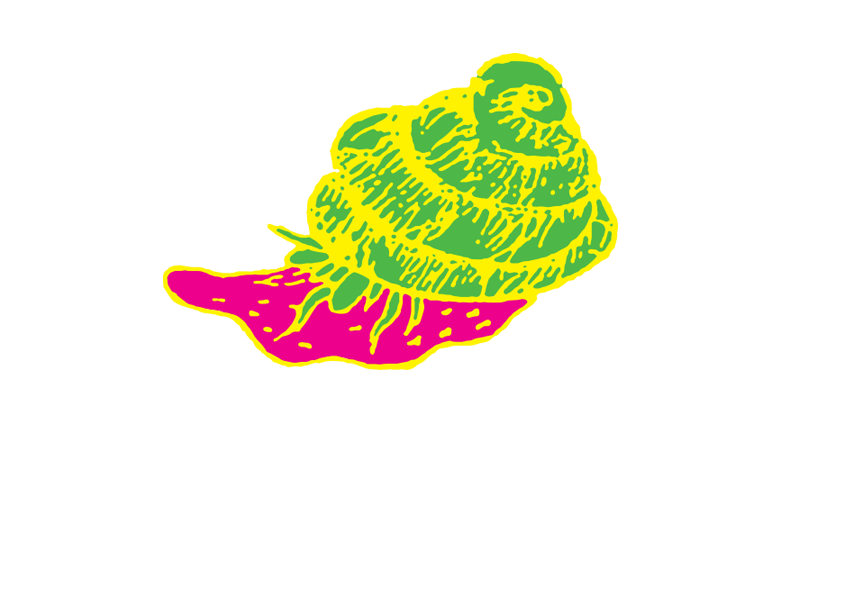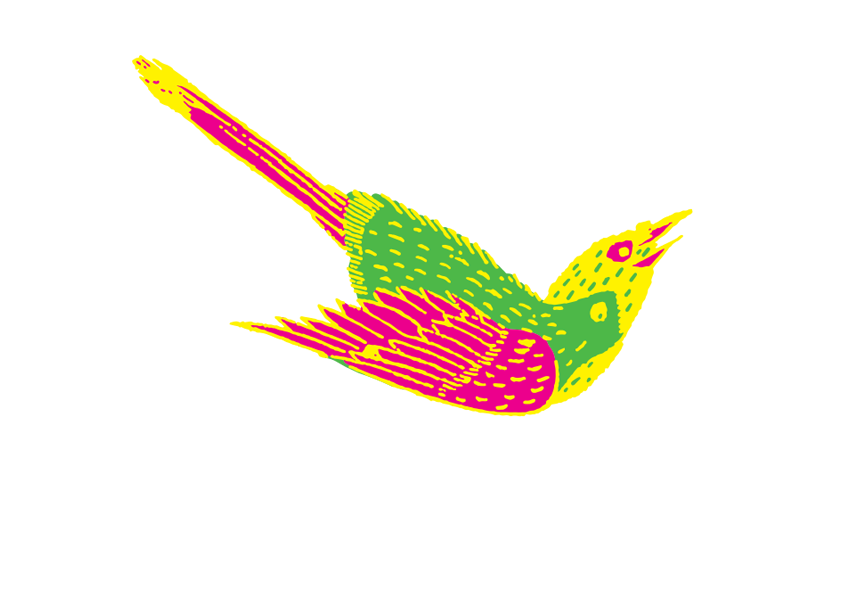清 Qing dynasty
軸 紙本設色 Hanging scroll, ink and colors on paper
145cm(H) x 197cm(W)
「狻猊」一詞,是由印度語系或梵語音譯而來。狻麑(猊)與師(獅)子實為一物二名,自西域傳入中國。劉九德,字陽升,順天(今北平)人,擅畫人物,詔寫康熙帝像稱旨後,賜官中書。一頭獅子立於溪畔,巨碩粗壯,幾充塞滿幅,展現雄壯威武之氣勢。畫家以較曲謹之筆法畫獅子,毛髮尤刻意以工筆描繪,而背景則放筆寫之,得逸工謹相融之趣。
The term “suanni” is a phonetic translation imported from an Indo-European language or Sanskrit. Suanni (Ni) and lion (shi) are actually two terms for the same animal, the concept of which was transmitted into China from the West. Liu Chiu-Te, style name Yang-Sheng, was a native of Shuntian (present-day Beijing), and was known in this time was an excellent painter of portraits. Following his commission to paint the portrait of the Emperor Kangxi, he was granted the rank of Zhongshu (Palace Secretary). This work depicts a large, strongly-built lion standing on the banks of a stream. The lion has an aura of stern majesty that almost fills the entire painting. The artist used detailed brushstrokes for the lion, taking particular care over its mane and fur, and this provides a pleasing aesthetic contrast with the looser brushstrokes used for the background.







